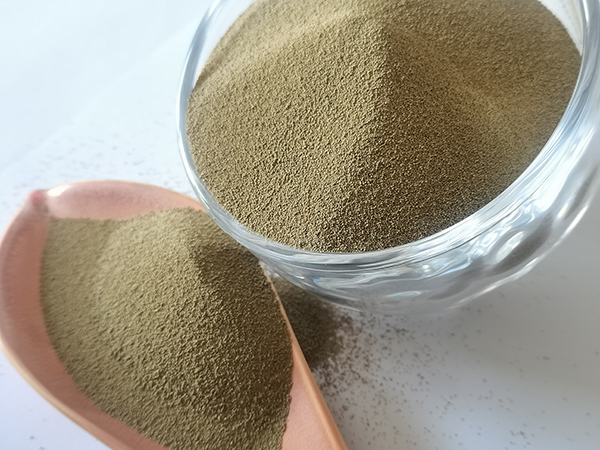The Art and Science of Iron Sand Casting
Iron sand casting is a fascinating and essential process in modern metallurgy and manufacturing. This method involves using iron-rich sand as the primary material for creating molds in which molten iron is poured to form a wide variety of metal products. With its cultural roots in ancient techniques and its modern applications spanning numerous industries, iron sand casting represents a bridge between tradition and innovation.
The process begins with the selection of appropriate iron sand, primarily composed of magnetite. This type of sand is recognized for its high iron content and excellent mold-making properties. Its magnetic characteristics not only make it a suitable material for casting but also facilitate the recycling of leftover sand after the casting process, contributing to sustainable manufacturing practices.
Once the iron sand is procured, it is mixed with a binding agent to create molds. This mixture is typically compacted in a mold framework to achieve the desired shape and density. The quality of the mold is crucial, as it directly affects the finish and structural integrity of the final product. Ample attention must be given to detail, ensuring that the mold captures all the intricate features of the design.
Next, the molten iron is produced by melting iron scrap or ingots in a furnace. The temperature must be meticulously controlled to ensure that the iron reaches a state where it can flow freely into the mold while maintaining the desired chemical properties. Once melted, the molten iron is poured into the prepared molds, where it cools and solidifies, taking on the shape of the cavity.
iron sand casting

Iron sand casting is characterized by its versatility. It can be used to produce various items, ranging from small mechanical components to large industrial parts. The process is especially advantageous for creating complex shapes and configurations that would be challenging to achieve with other casting methods. This versatility makes it a preferred choice in industries such as automotive, construction, and consumer goods.
In addition to its practical applications, iron sand casting also plays a vital role in preserving traditional craftsmanship
. Many artisans and skilled workers continue to practice sand casting techniques that have been handed down through generations. This not only helps to keep cultural heritage alive but also fosters innovation as modern technology is integrated into these age-old practices.Moreover, the environmental impact of iron sand casting has been a topic of discussion among manufacturers and policymakers. The use of recycled materials, coupled with advancements in energy-efficient melting technologies, positions iron sand casting as a sustainable option in contemporary manufacturing. As industries increasingly prioritize environmentally friendly practices, the appeal of iron sand casting continues to grow.
In conclusion, iron sand casting is a blend of art and technology that has stood the test of time. Its ability to produce high-quality, complex castings efficiently while promoting sustainable practices makes it a cornerstone of modern manufacturing. As the industry evolves, embracing both traditional methods and innovative developments, iron sand casting will undoubtedly remain a vital process in the creation of metal products for generations to come.
Post time:سپتامبر . 19, 2024 03:36
Next:Công cụ chà nhám 3D in
